5 Ultrasound Cases in Whole-body Scanning
- 2023-03-03
- 3532
- Sonostar Technologies Co., Limited
- by Dr. Diego Scarpetta, an internist from Colombia
Dr. Diego's IG: dr.pocus
Case 1: Burns by Gas Cylinder Explosion
A 51-year-old male with a history of hypertension. He was admitted at 21:30 to ER for burns of 18% of the TBS (face, left hemithorax, both arms) after being exposed to a gas cylinder explosion. Nasal hair was partially burned, without burning of the oral mucosa, carbonaceous sputum, or hoarseness. It was performed a CT scan of the abdomen and thorax did not appear to have shock wave injuries (pneumothorax or pneumoperitoneum).
Infusion of intravenous fluids (Baxter, PMH) was started, and vaseline dressings with chlorhexidine were applied. He was admitted to airway surveillance in ICU. He arrived with O2 sat > 96%, stable vital signs, controlled pain, soft and depressible abdomen, preserved diuresis. Normal lab tests.


He remained stable overnight, SatO2 is ok. However, at 06:20 the patient began to complain of abdominal pain and nausea. Additionally, he looked pale, had tachycardia, and with a tendency to hypotension.
07:10 am, 50 mmHg Adrenergic vasopressors were started through a subclavian CVC.
07:20 am, he remained with a soft abdomen but complained of mild pain (3/10), an urgent control of total blood count was requested due to suspected bleeding.
07:30 am, a FAST protocol was performed, finding abundant free fluid in Morrison’s space and rectovesical pouch; no observation was made in the splenorenal recess because he had dressings in that location. The patient was evaluated by a surgeon minutes later, and despite the abdomen wasn’t painful or with peritonitis signs, massive retroperitoneal bleeding was suspected.
09:45 am, a lab call was received to report a decrease in hemoglobin from 12.9 to 8.9 g/dl.
10:00 am, official report of CT scan: Liver: diffuse fatty infiltration. The gallbladder, bile duct, pancreas, kidneys were ok. Spleen with irregular margins with perisplenic hematoma. No pneumoperitoneum. A moderate amount of fluid with blood density in a left paracolic leak that extends into the pelvis, contacting the external iliac vessels on the left side and the urinary bladder.
10:30 am, the patient was transferred to surgery. Op findings: Drainage of 3000 ml of blood material. Splenic vessel injury was ligated.
Case 2: COPD
67 years-old woman with COPD (chronic obstructive pulmonary disease). She was admitted to the emergency room for exacerbation of respiratory symptoms (Anthonisen I) one week ago.
LUCI on the right side shows multiple B lines, while the left side shows a consolidation, compatible with the CT scan findings.
The patient was intubated and required vasopressors and antibiotics for little more than a week. Now she is ending her recovery in the intermediate critical care unit.
Case 3: Perdicardial Effusion
74 years-old man with a history of arterial hypertension and poorly controlled type 2 diabetes mellitus. Diarrhea for a week, anuria in the last 24 hours.
Blood urea nitrogen (bun) = 137 mg/dL (22.8 mmol/L), K= 8.5 mEq/L, uremic frost, and perdicardial effusion, PTH 278 pg/ml.
Hemodialysis was started, achieving a good response.
Case 4: Lung Ultrasound in the Critically Ill
60 years- old man with type 2 diabetes, arterial hypertension, heart failure (AHA C NYHA II caused by coronary disease). He was transferred to ICU after consulting for 11 days of dyspnea, cough, fever, and anosmia. He refused to get the SARS-CoV-2 vaccine. The RT-PCR was positive.
Lung ultrasound in the critically ill (LUCI): B lines suggestive of the alveolar – interstitial syndrome.
CT Scan: Ground-glass opacification areas in both lung fields (greater in peripheral, and lower lobes).Some interesting publications about the relevance of ultrasonography in the early assessment of Covid 19 patients.
Case 5: Hypertensive Cardiomyopathy
86 years-old man with chronic arterial hypertension and heart failure consults to ED for exacerbation of dyspnea.











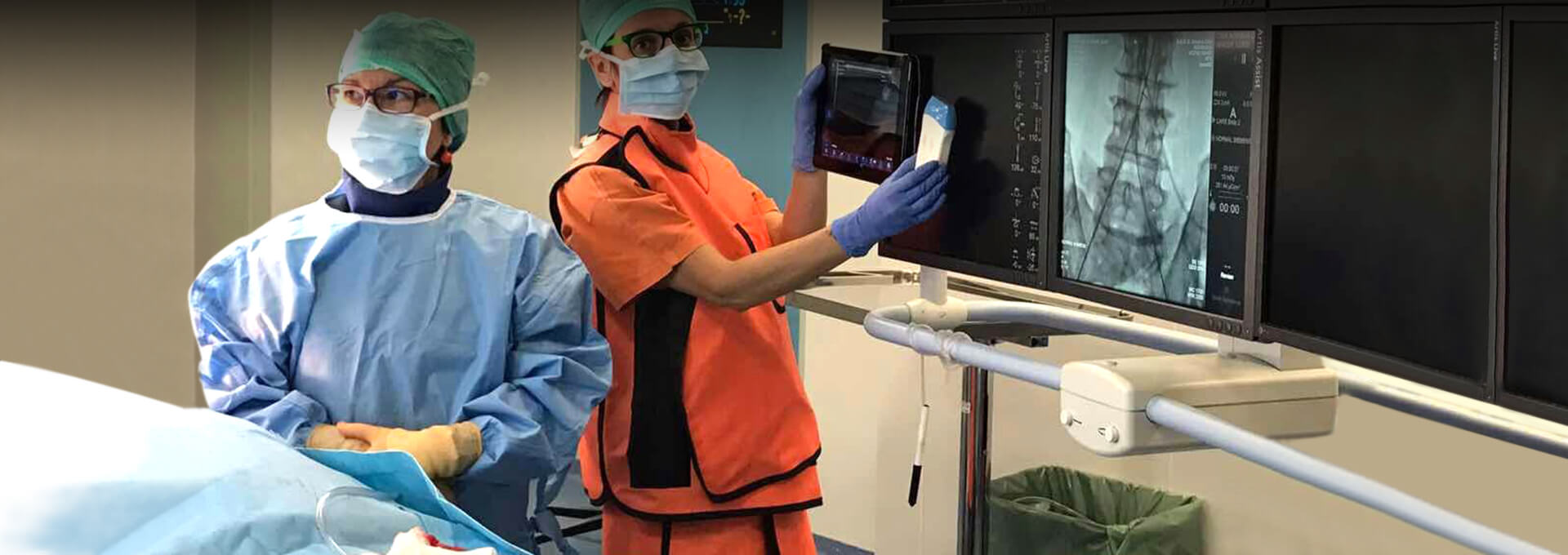
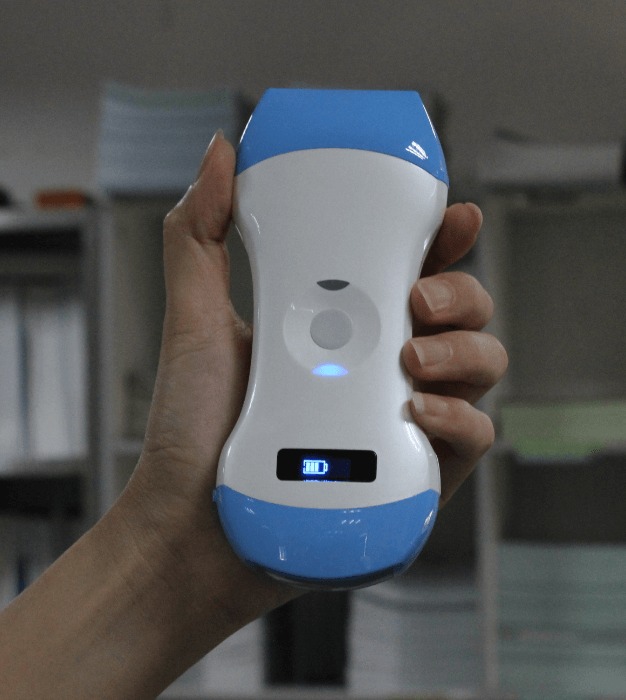


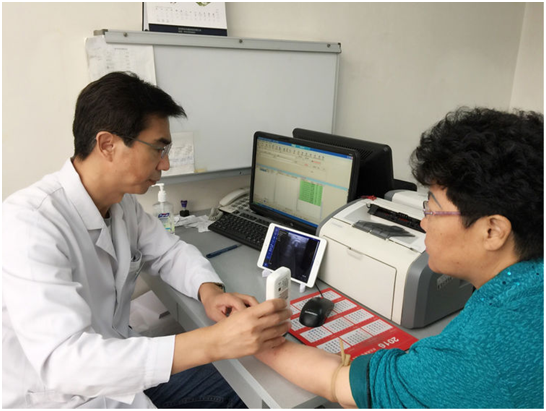
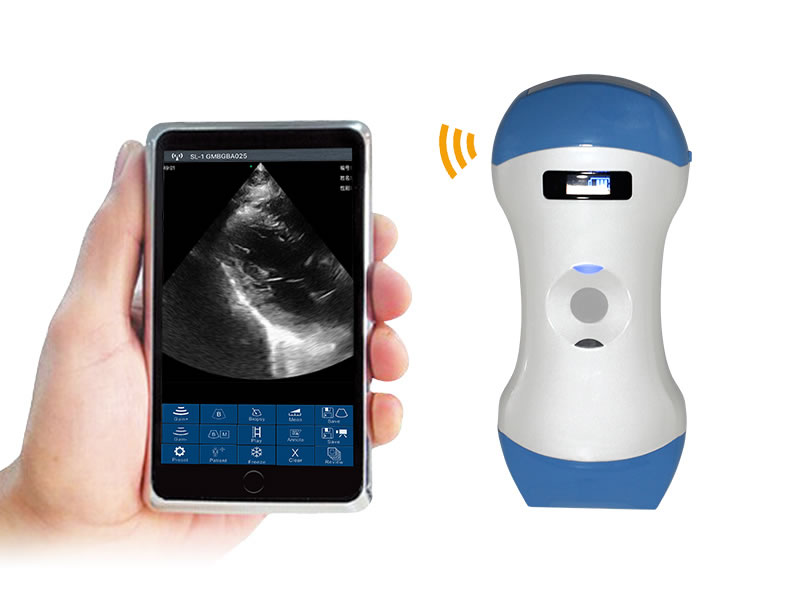
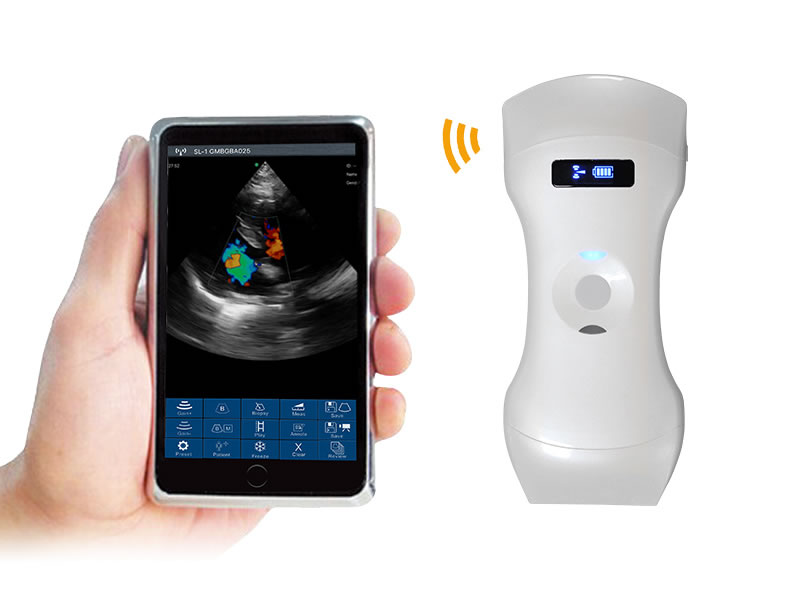
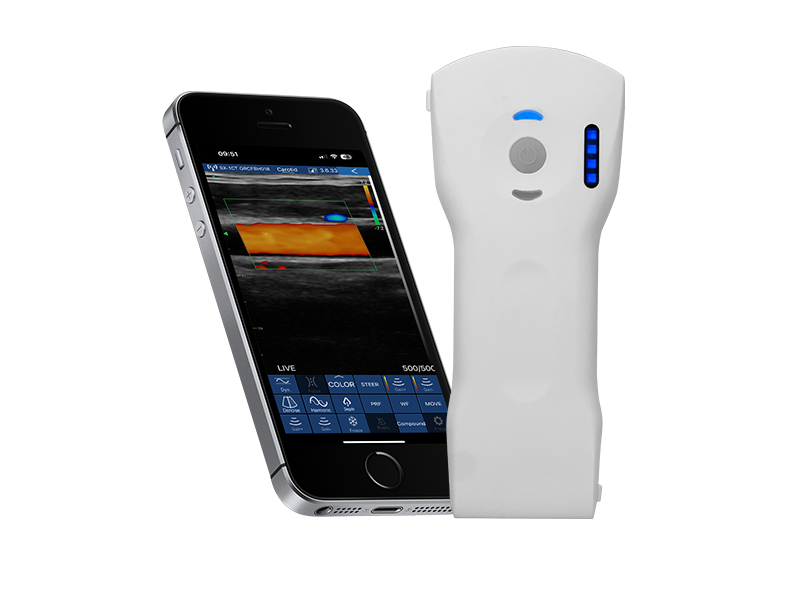
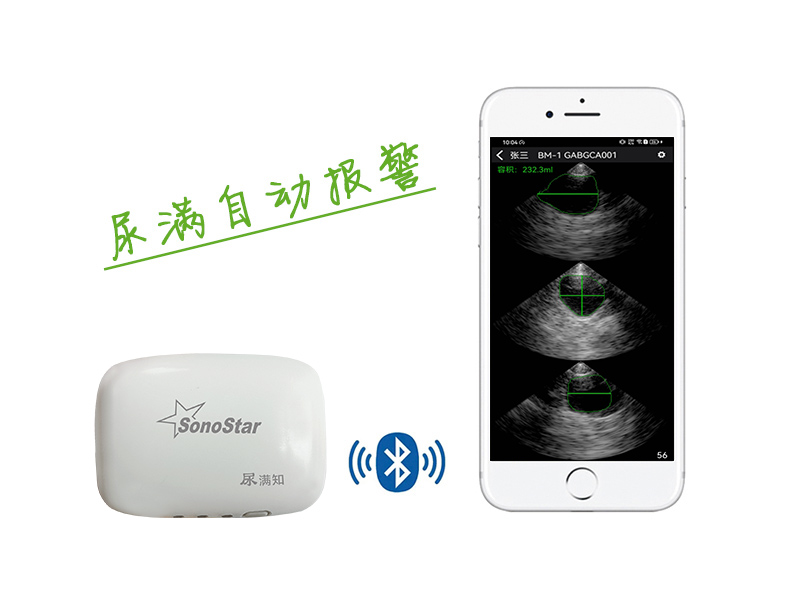



 网站首页
网站首页 产品中心
产品中心 服务支持
服务支持 联系咨询
联系咨询